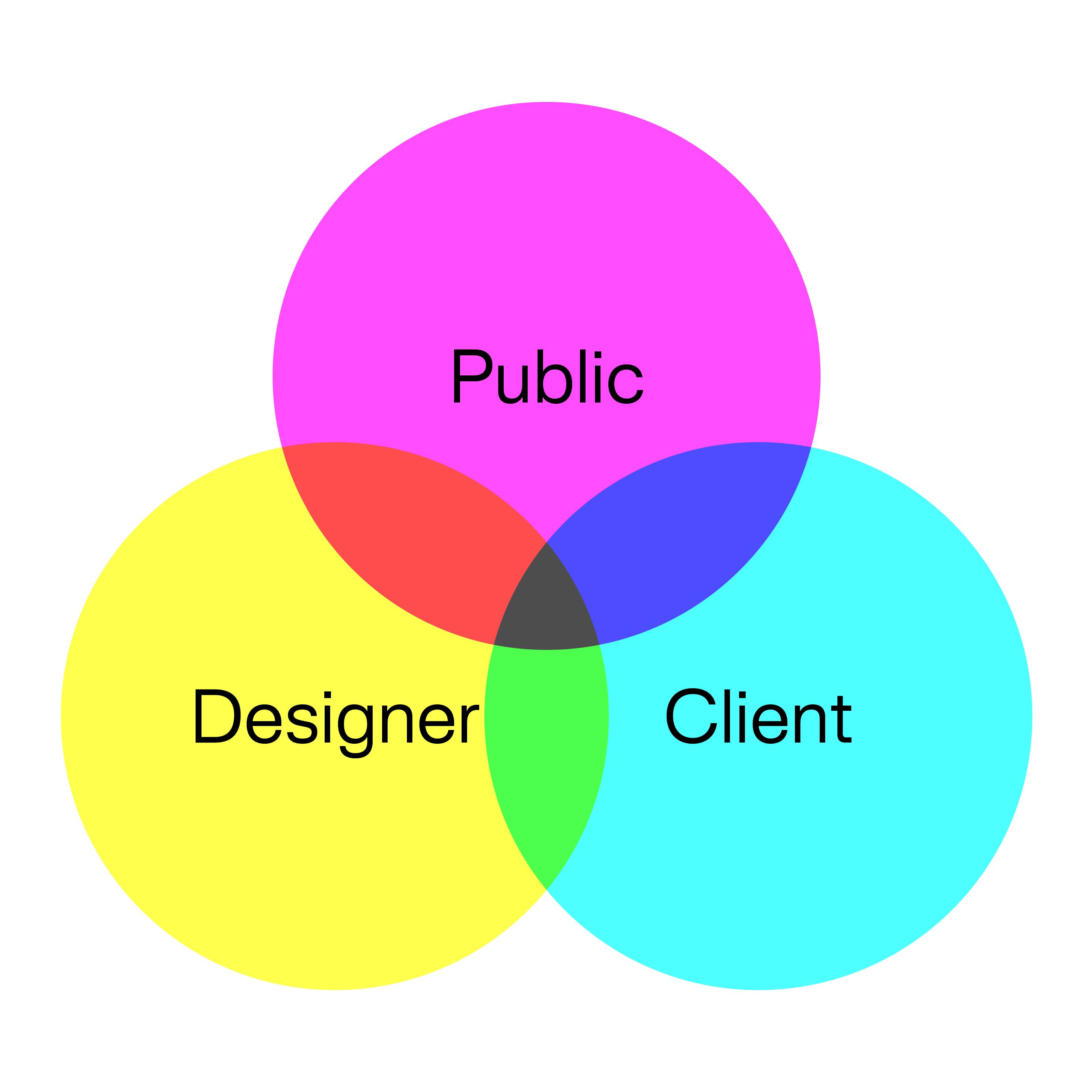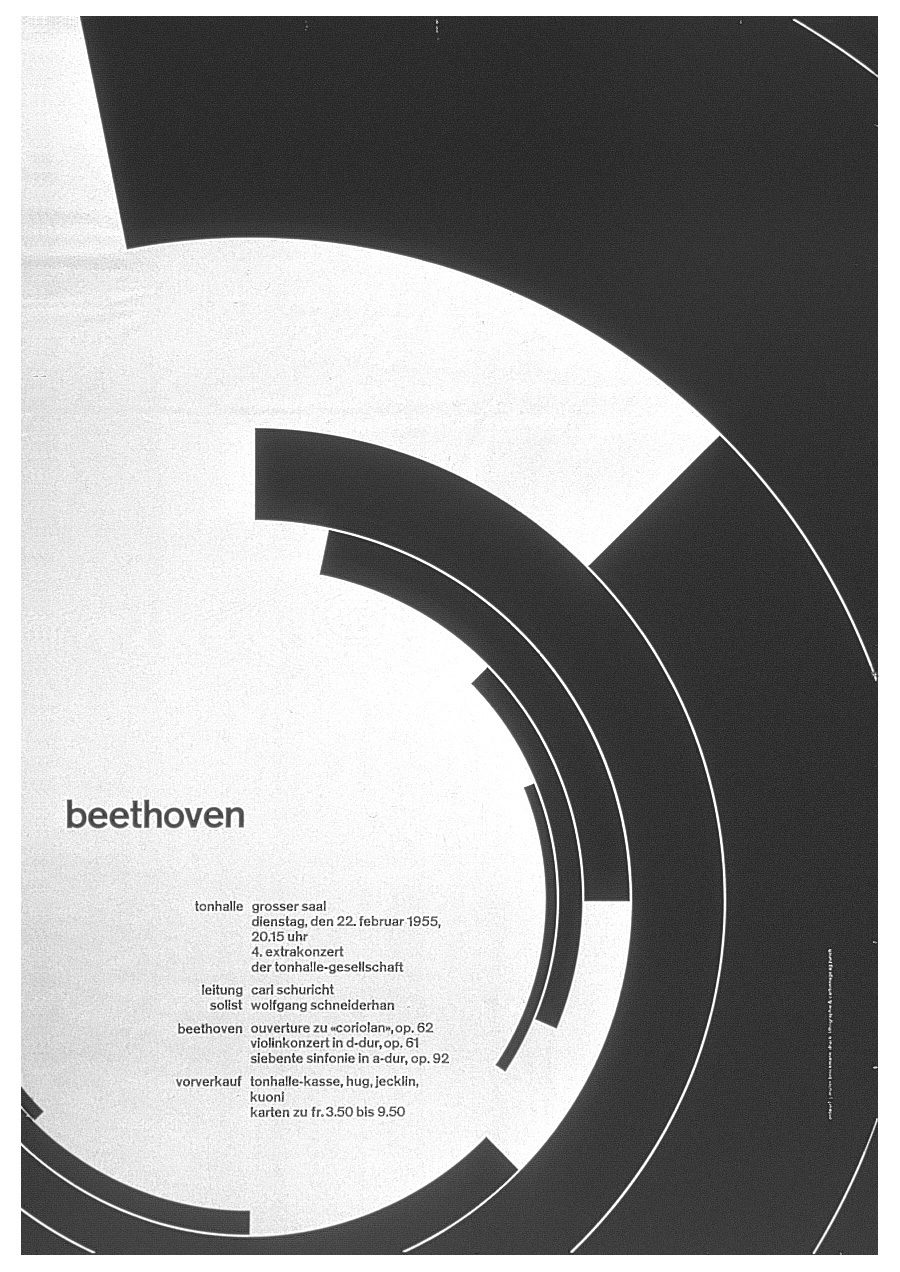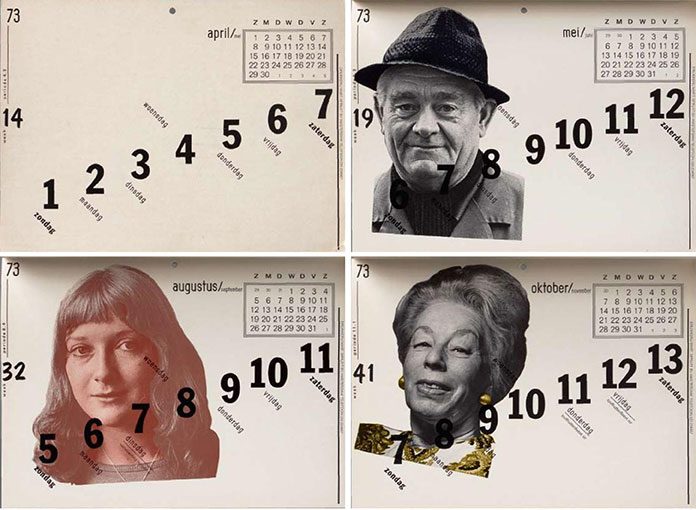
By Sebastien Hayez. Published May 17, 2022
Neutrality + Design = Illusion
Introduction
Recently, we were examining a brief history of Swiss Modernism and how it shapes today’s world with some rational grid system, sans serif typography and photography as the main elements of the modern graphic design environment.
The global swiss modernist’s philosophy was built into the basis of a myth: neutrality.
As we said previously, neutrality is the ability to stand without taking part in any opposition between two sides. Switzerland has been neutral politically since the Traité de Paris, november 20th 1815. This political choice is not so simple and positive, because any choice is a question of engagement, and to choosing not to choose is also to renounce.
This article deals with an important question: how graphic and type design are mostly subjective practices and cannot be neutral?
Graphic and Type Design in general are the art of creating forms and shapes which:
• Informs through contents: text and pictures (icons, illustrations, photography);
• Convinces: (this is the adequation between style and contents): the public have to be convinced to the communication goal, it mostly means, in our capitalist world, to buy;
• Touch: the content has to express a feeling that will move the public. As a public target, if I'm moved, I'm nearly convinced.
Graphic and Type Design are also a trinity between the designer, the client and the public, with the message at its center. So, three main dualities are present at the intersections:
• Message & public: neutrality & message’s interpretation;
• Designer & content: neutrality & designer’s commitment;
• Designer & message: neutrality & connivence.

Neutrality & interpretation
Graphic and type design, as a plastical practice, need to be read or otherwise interpreted. While the text content is read, the form of the text, its style but also its organization and layout, are perceived with different means.


Identity interest: brand consistency
To interpret is to set yourself between two elements (inter) and to attribute (prêter in French is to lend) a meaning. While interpreting a picture or the style of a text, you are interpreting a shape as a sign. And signs have many denotations and connotations. Denotation is the evidence meaning of the sign, while connotation is the hidden meaning.
Emeritus, for example: its style shows medieval calligraphy, but its connotations can express medieval mood, traditional wedding, old-school fashion, metal logo, fantasy book or horror movies.
So a designer will choose a font regarding the connotations he wants the reader to perceive in his graphic design. But the meaning of this connotation depends on the context. And the context is multifactorial:
• historical context: in medieval times, blackletters was modern, today, it could be perceived as traditional or just outdated;
• geographical context: in the end of Medieval Times, Blackletters were not so trendy in Italy, and it probably meant something very different outside Europe, as nobody was aware of the style;
• social & cultural context: in Germany, Blackletters set in 8 points were still legible for people even in the 1940’s.
Following this example on type design, Helvetica was defined as an objective or neutral typeface after his launch as its connotations were still in the making. But, quickly, the patriotic aspect and the modernist aesthetic were the most important connotations. In the 1990’s, Helvetica seemed to be the perfect font for expressing the capitalist’s expansion in an adbuster’s cover. Pretending to create a typeface without any connotation is not possible. Remember, a typeface is a tool and everybody can use it as they see fit: you could use Helvetica with gradients and emojis instead of Comic Sans for your kid’s birthday party invitation for example.
Neutrality & commitment
Swiss graphic designers preached neutrality as a pseudo-objectivity where the designer never took part in the influence process. He simply builds and organizes the layout in order to highlight the whole content. The content has to be the focus point for the customer and the designer simply creates the best condition to perceive the content. But, all the Swiss modernists were not so rigid in their approach and even Müller-Brockmann and others was the author of lyrical and sensible constructivist posters, as his masterpieces for the road safety posters.
The posters can’t be considered as objective, as the composition, the color palette and the whole dramaturgy express the violence of a road accident.

And what about designing a logo? Can anyone explain why some should be considered as objective and some not? Here again, it deals with the connotation. And some communication tools, logos, advertising or posters, can’t be just information tools. When you need to convince and to express a feeling, there’s few places left for neutrality, if it ever existed.
Furthermore, the information only is not efficient for a customer who’s looking for a quick message, for a quick choice, as much as many choices are instinctive, unconscious and mostly means of a need to belong to a certain social group. Well, human beings are not rational animals are they. They need to be guided in their choice. So, a neutral graphic design based on information is not possible.
Neutrality & connivence
I remember being a young designer influenced by my passion for music. Looking at the covers designed by Vaughan Oliver, The Designers Republic, Stylo Rouge or Dave McKean, those were my personal lessons on how interesting design can be produced. My illustrator friends were into American comics books and video games. Would it be a surprise that they are now working into video games or the comics industry? I also worked for big companies' campaigns while I never really visited McDonald’s restaurants to be able to design their ads. But a designer is sometimes an actor able to play every line. Communication is the most important and graphic design is not only a style, isn’t it?
Being aware of the communication codes, the color palette, and how the concurrent communication is done is a shortcut to have more time for design, and not for understanding the codes, if you need to stick to it.
In a way, you have to be honest and to admit that the great graphic designers have the clients that fit their style or their ability to communicate.
Can you pretend to be neutral or objective while you are the target of your client, but also you are the perfect customer for the product? In a legal term, it’s what we call a conflict of interest. If you are an Apple products fan, I guess you will be a very good designer for this brand, but your neutrality will be put aside.
Anyway, when you are paid to produce something that facilitates the life of a company, you are no longer objective, as your work is based on the success of the company. Things are different when you are a consultant able to criticize the company’s choice in order to involve its incomes. As shown by Jan Tschichold, the Modernist, in its blind consideration toward its clients, can be closed to a dogmatic and radical position, comparing them to the thinking of the Nazis.
The limits of the Swiss style were the subject of a debate between Wim Crouwel, main figure of the dutch modernist and its opponent Jan van Toorn as the newcomer, the post-modernist guy. What is striking is to see that Modernism deals with the dogma of a rational order while postmodernism is more into doubt and the expression of subjectivity as a way to express the limit of communication. The inner limits of Modernism were put aside by Crouwel as it was too difficult to reply after.


Further readings:
• The Debate: The Legendary Contest of Two Giants of Graphic Design, Wim Crouwel & Jan van Toorn, The Monacelli Press, 2015.
• La querelle typographique des modernes, Max Bill & Jan Tschichold, B42, Paris, 2014.
• Revue Faire 38 Special Issue: A debate: Jan van Toorn, Wim Crouwel, by Thierry Chancogne, Empire Books, Paris, 2022.
About the author
Sébastien Hayez was an art director and graphic designer before becoming an art teacher and an independent researcher in the field of graphic design and type design history. His main topics are the history of logos, square books, modernism, and the minimalist italian designer AG Fronzoni 1923-2002. You can read his contributions in the pages of magazines such as Etapes, TheShelf Journal, Pli, Kiblind, Yellow Submarine, Fiction, or listen to his lectures for Les Rencontres de Lure or Fonts & faces #7.